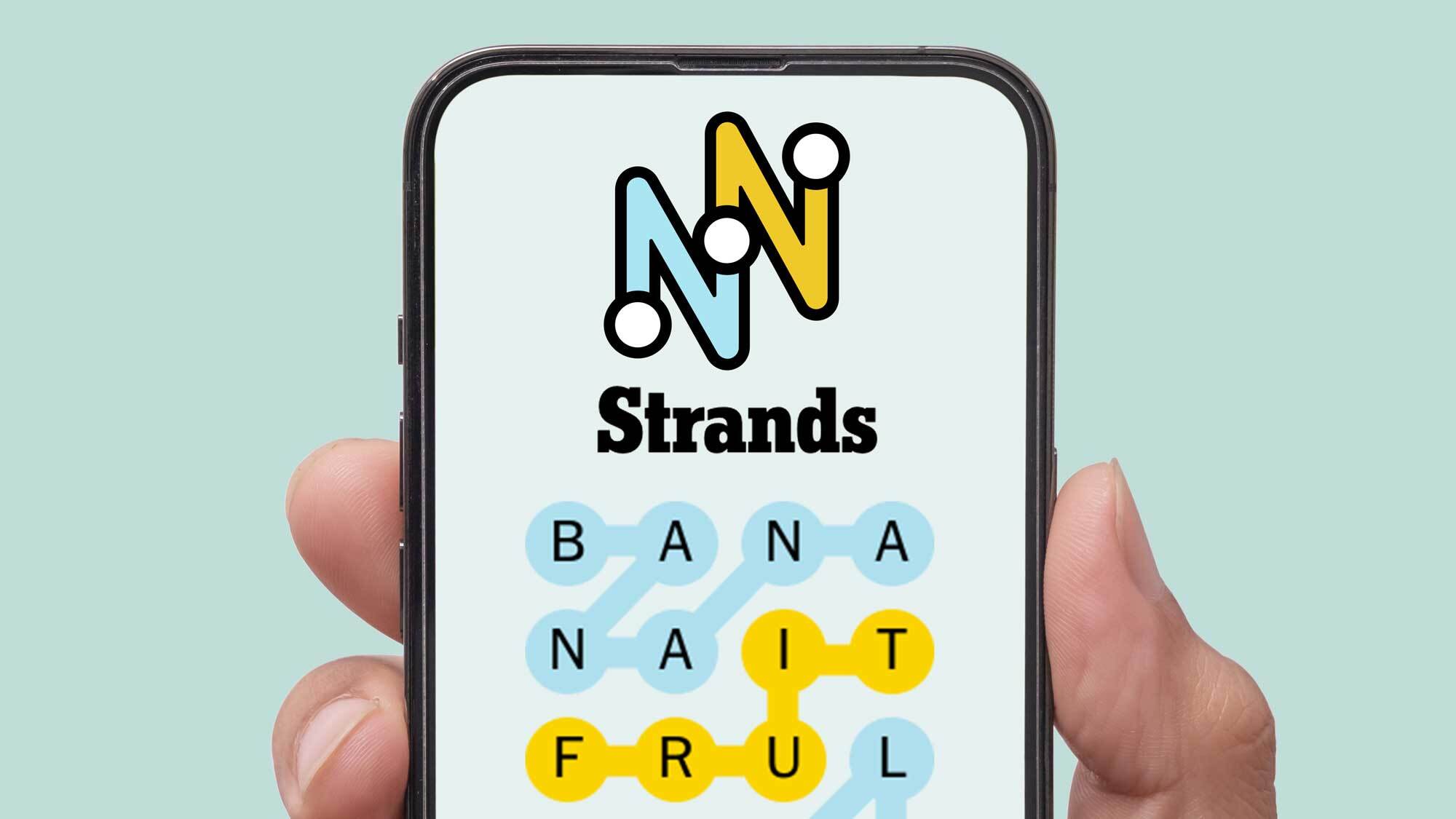Droid Turbo vs Zenfone 2 vs Galaxy S6: Which Phone Charges Fastest?
We measured the charge percentage of seven popular phones at various times and factored in battery capacity to declare a winner.
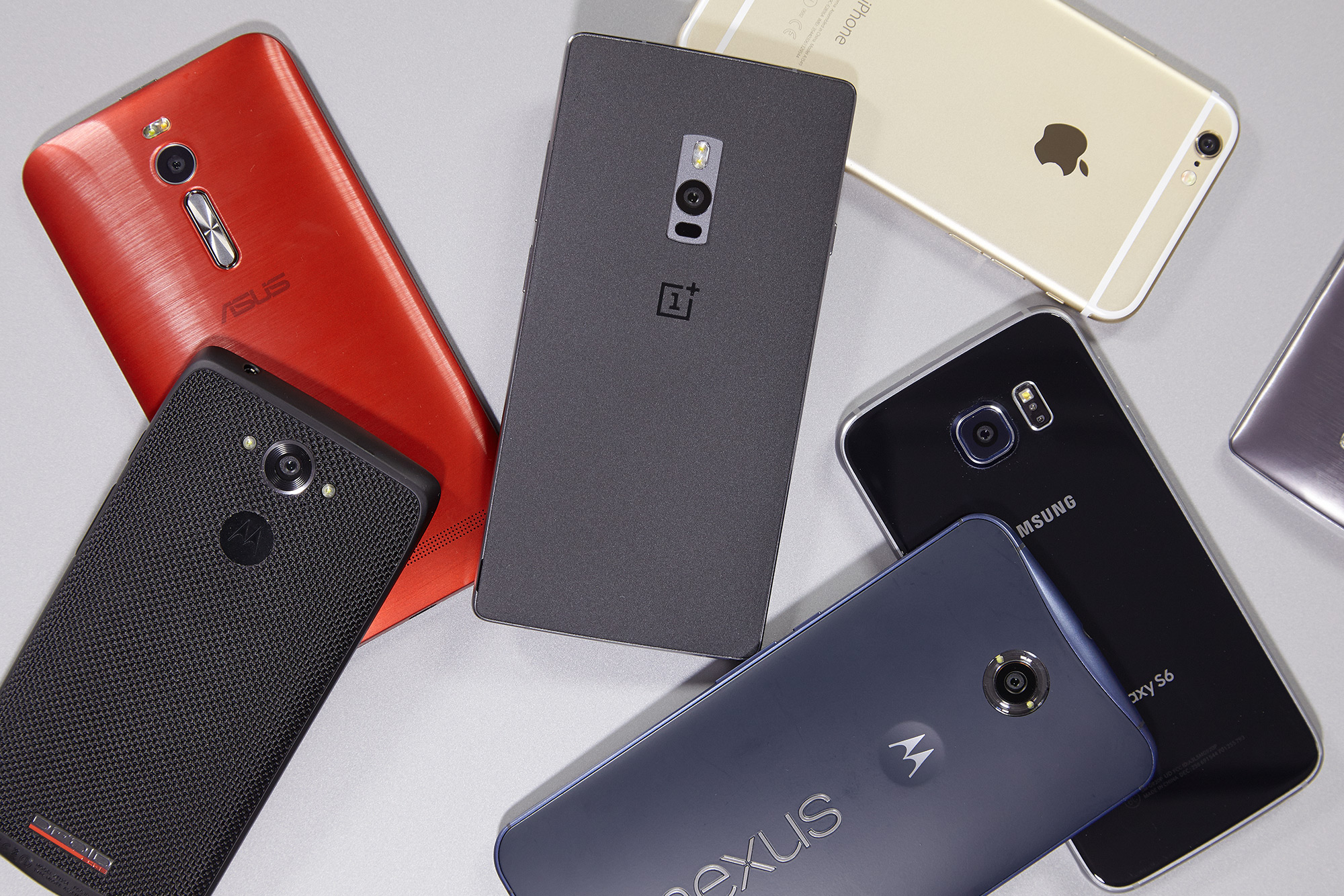
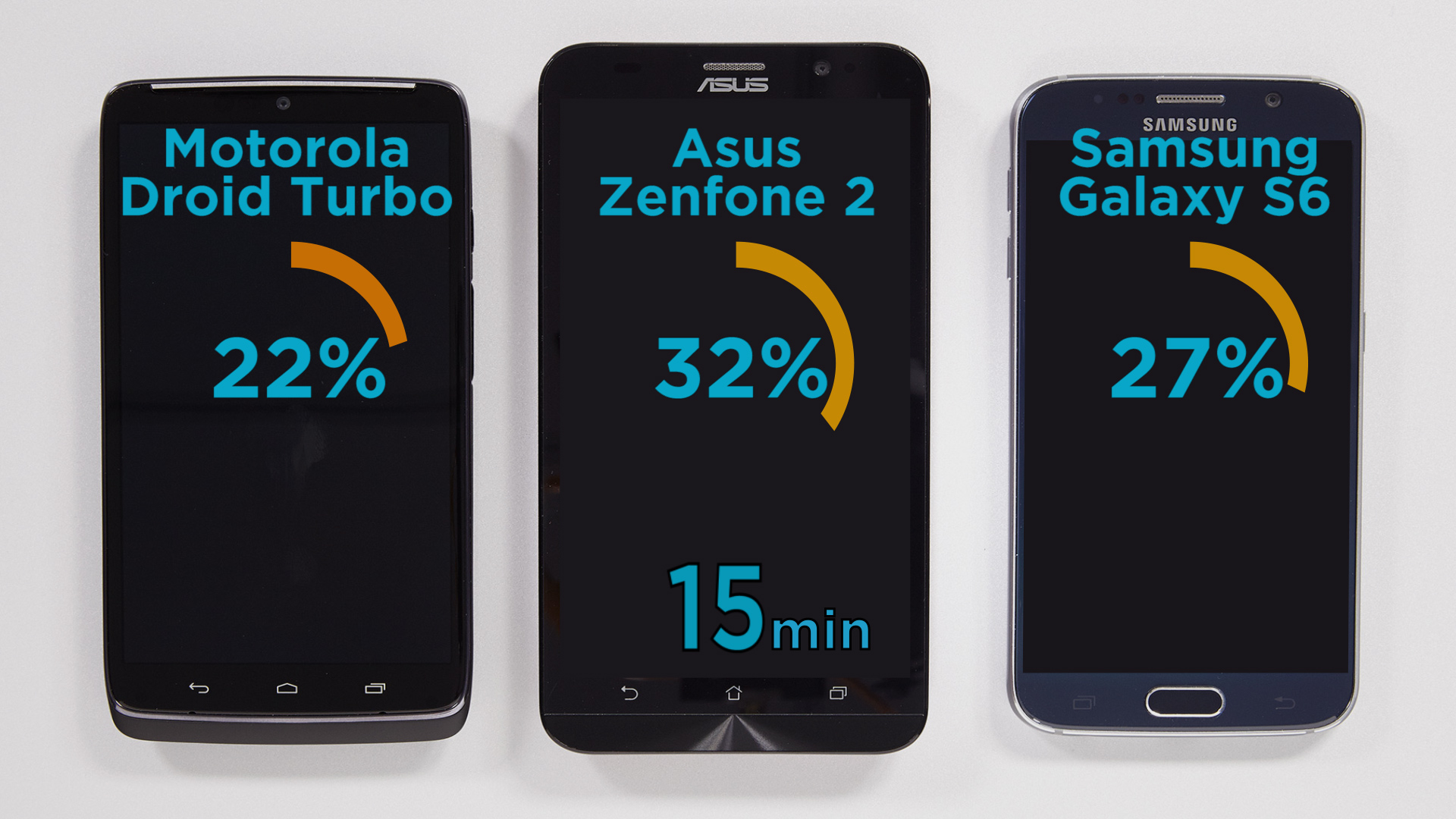
Although long battery life in a smartphone counts for a lot, it's also important to consider just how quickly a phone recharges. When your phone is very low on power and you have 15 minutes until boarding time, for example, the speed with which you can juice up your battery is critical. We pitted seven popular handsets against one another in a bid to find the fastest-charging phone.
Based on our findings, the Asus Zenfone 2 gives you the most power in the shortest amount of plugged-in time, but the Samsung Galaxy S6 tied the Asus at the 30-minute mark and was the fastest to get to 80 percent and a full charge. However, when you take battery capacity into account, the Zenfone 2 wins this very close contest. As for iPhone 6 fans, your phone brought up the rear in almost every test.
Phones and Technology
Most manufacturers that promise faster charge times use Qualcomm's Quick Charge 2.0, a freely available technology for any phone featuring one of the company's popular processors. Quick Charge 2.0 takes advantage of the extra power from a 9-volt/1.67-amp power brick. A traditional phone power brick is a much smaller 5-volt/1.5-amp like those that come with the Apple iPhone 6 and iPhone 6 Plus.

Qualcomm's technology promises to get your battery to a full charge in less than 2 hours, but some Quick Charge-capable phones, like the LG G4, don't actually ship with the necessary brick. Other companies rebrand the technology. Motorola calls its solution Turbo Charge in the Droid Turbo and the Google Nexus 6. The Zenfone 2 uses Asus’s branded “Boostmaster technology” and requires a special power brick (only available with the $299 edition) that’s supposedly 17 percent more potent than the typical Quick Charge 2.0 brick.
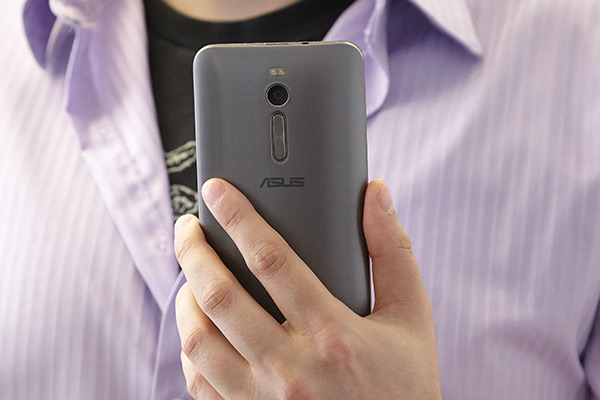
The Samsung Galaxy S6 takes advantage of a higher-wattage charger to perform its magic, but it doesn't actually use Qualcomm's Quick Charge tech. Instead, it uses Samsung's own Exynos chip and a carefully designed battery to accomplish its fast feat.
MORE: Best Smartphones on the Market Now
How We Tested
The fastest human alive isn't determined by just one race, and neither is the fastest-charging phone. To test each handset, we ran it down until it was powered off. Then, we charged each device back up to 5 percent. This put all of the phones on an even playing field, as some don't power down until the battery is completely dead and others cut out when there's still 3 percent or more battery remaining.
Once each phone had reached 5-percent battery life, we plugged them in and started the clock. We then noted the charge of the battery at 5 minutes, 15 minutes and 30 minutes. Finally, we noted how long it took to charge the battery, first to 80 percent and then to 100 percent. We used the same wall socket for each test, to ensure consistency.
After 5 minutes
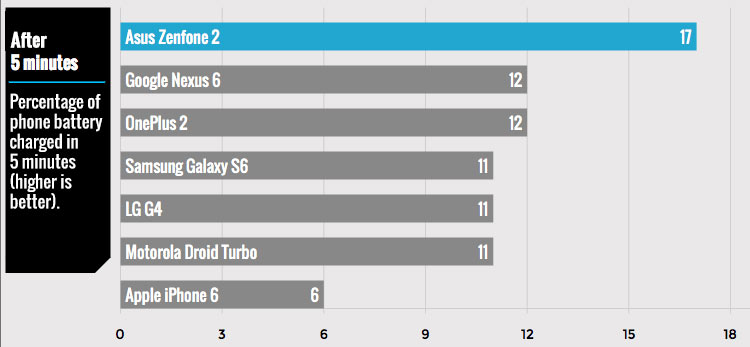
At 5 minutes, the Asus Zenfone 2 had a solid lead. It had already charged to 17 percent, which is more than 5 percentage points more charge than the average of 11.43 percent and a whopping 11 percentage points more than the iPhone 6, which had crept up to just 6 percent of a full charge. That means Apple's device gained a measly 1 percentage point of battery in 5 minutes. Winner: Asus Zenfone 2
After 15 minutes
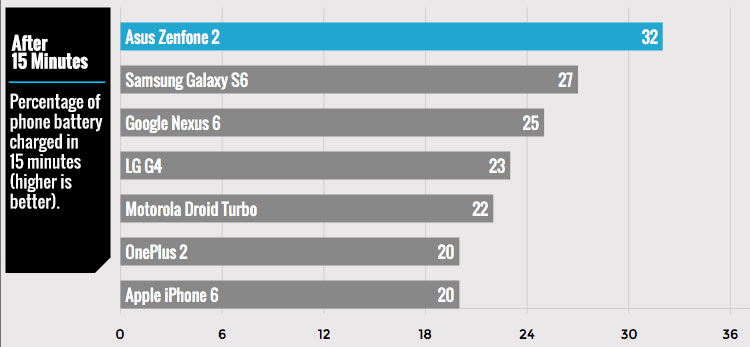
Once again, the Asus Zenfone 2 took the crown when we checked in on it after 15 minutes. It was already up to 32 percent of a full charge — that's 8 percentage points more than the average of 24 percent. However, the Samsung Galaxy S6, which was in the middle of the pack at 5 minutes, really began to make use of its charging technology and came in second place, with 27 percent of its battery charged. The iPhone shared last place with the new OnePlus 2. Both phones were at just 20 percent. Winner: Asus Zenfone 2
After 30 minutes
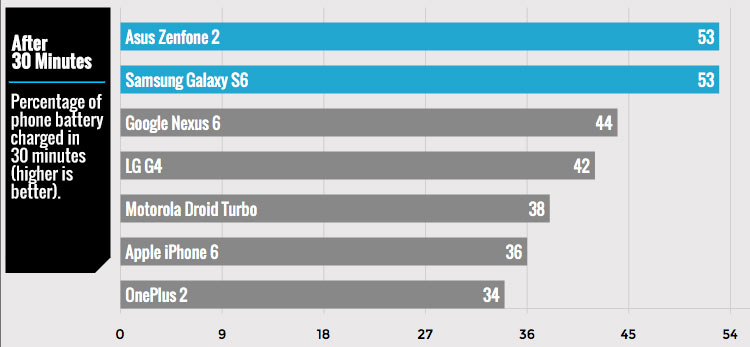
Things got interesting at the 30-minute mark. The Asus Zenfone 2 and the Samsung Galaxy S6 tied. Both phones were more than halfway juiced, with 53 percent of a charge. That was way better than the average of 42.86 percent and well above even the closest competitor, the Nexus 6 (44 percent battery). Apple users will be delighted to know that the iPhone was no longer the slowest of the lot. It was charged to 36 percent — just barely beating the OnePlus 2's less-than-stellar 34-percent charge. Winner: Tie between Asus Zenfone 2 and Samsung Galaxy S6
Reaching 80-percent battery life
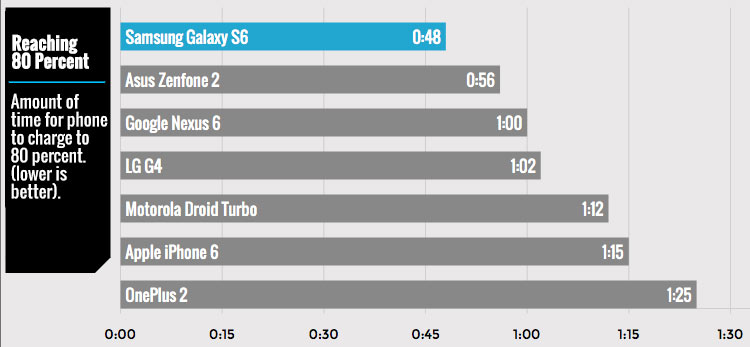
The Galaxy S6 truly began to shine the closer it got to 100 percent. This result is at odds with other phones, most of which often trickle charge past 75 percent. The S6 hit 80-percent charge in just 48 minutes. That's nearly 20 minutes faster than the average and more than 40 minutes faster than the slowest phone, the OnePlus 2. The Asus Zenfone 2 squeaked into second place by charging to 80 percent in just 56 minutes. It was the only other phone to charge to 80 percent in less than 1 hour. Winner: Galaxy S6
Reaching 100-percent battery life
It seems like it should be just a quick dash for phones to go from 80-percent to 100-percent charge, but the opposite is true. Each phone's charging slowed down significantly. The S6 still beat all the rest and was fully charged in just 1 hour and 22 minutes. This was a full 30 minutes faster than the average and 14 minutes faster than the LG G4, which was the second phone to reach 100 percent.
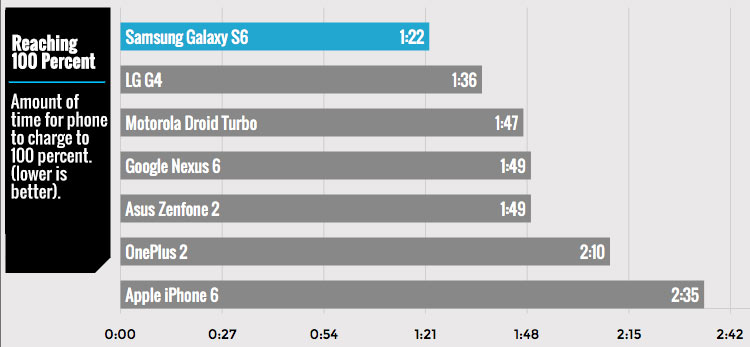
The Zenfone 2 dropped to the middle of the pack and didn't fully charge until the 1-hour-and-49-minute mark. The iPhone 6 was the real stunner in this category. After achieving an 80-percent charge in a reasonably zippy 1 hour and 15 minutes, it took another 1 hour and 20 minutes to climb the last 20 percent. It didn't reach a full charge until 2 hours and 35 minutes after the test began. Winner: Galaxy S6
Battery Capacity vs. Charge Time (Milliamps per Minute)
The percentage charge after a given period of time is important, but it doesn't provide a complete picture, because one smartphone battery might have a much larger- or smaller-capacity battery, measured in milliamp hours, or mAh. So we took into account the size of each phone's battery and how much charge each device had after 15 minutes and 30 minutes, to calculate milliamps per minute.
The Zenfone 2 fared the best at the 15-minute mark, with a score of 64 milliamps per minute, and second place went to the Droid Turbo, with a score of 57.2. The Nexus 6 also fared well, scoring 53.7.

Asus' phone took first place at the 30-minute mark, notching 53 milliamps per minute. The Droid Turbo repeated its runner-up performance with a score of 49.4. The Nexus 6 (47.2) and Galaxy S6 (45.1) both impressed as well.
The Droid Turbo shot to first place for milliamps per minute in the race to get to 100-percent battery capacity. It scored 36.45, while the LG G4 (31.25) and Galaxy S6 (31.1) were a very close second and third, respectively. Winner: Asus Zenfone 2
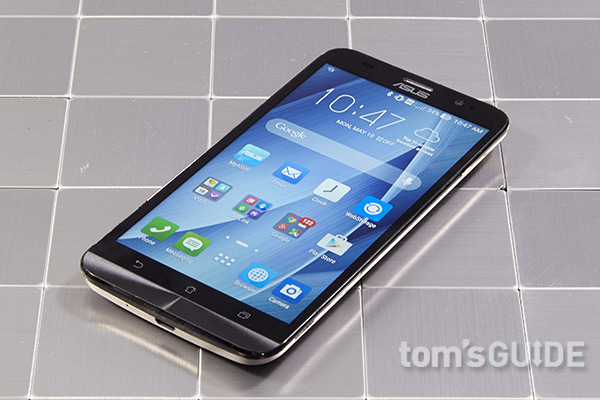
Bottom Line
With the appropriate power brick, any Quick Charge-capable phone can give you a full battery in 2 hours or less or at least 20 percent charge in 15 minutes. But the Asus Zenfone 2 provides the quickest 15-minute charge of the bunch and tied with the Galaxy S6 for the fastest 30-minute charge. The S6 pulled away from the pack after that, as it was the fastest to get to both to 80-percent and 100-percent charges. In fact, the closest phone to the S6 for a full charge was 14 minutes behind.
On the other hand, you can't ignore that the Galaxy S6 has the second-smallest battery capacity in this roundup, at 2550 mAh, while most other handsets are at the 3000-mAh level or above. That's why the Zenfone 2 edges out the Samsung for the top prize. Although the S6 delivered more milliamps per minute in getting all the way to 100 percent, the Zenfone 2 offered more total juice per minute at both 15 minutes and 30 minutes, which is when you need it most.
Sign up to get the BEST of Tom's Guide direct to your inbox.
Get instant access to breaking news, the hottest reviews, great deals and helpful tips.
-
sandals I own a Zenphone 2, and (as this test showed) it does charge very fast when hooked up to the included powerbrick. But when it is hooked up to a "regular" brick or a PC USB port... it charges V E R Y S L O W L Y.... if at all. So keep that in mind.Reply -
loopyduck Hang on. From the test, it seemed like you used a QuickCharge brick with the LG G4, even though the G4 doesn't come with one. Therefore, a real-life owner would need to buy the charger separately.Reply
On the other hand, from your description it seems you used the 5 volt/1 amp (NOT 1.5 amp) brick that comes with the iPhone 6. However, the iPhone 6 will charge at a quicker rate if you use the 5 volt/ 2.1/2.4 amp iPad charger. Why didn't you test it with one of those? -
Tom425 The reason why it takes so long to charge these phones from 80% to 100% is well-understood: rapidly charging a battery when it's nearly full is bad for it. In fact, rapidly charging a battery at all is not great for it.Reply
Check out Tesla's page on their Superchargers, in particular the "Supercharger Charging Profile" towards the bottom:
http://www.teslamotors.com/supercharger
Also note that Tesla discourages frequent use of Superchargers.
It is interesting to know which phones charge the fastest--certainly a fast charge time is convenient. But I wonder how it affects battery longevity. Instead of having inferior battery or charging technology, I wonder if Apple doesn't slow down charging on purpose to maximize battery longevity. -
Konrad85 As suggested loopyduck, why didn't you use the manufacturer's charger? A comparison between both would be nice and this second one more realistic.Reply
For example, my Oppo Find 7a comes with a 4.5A charger, and the phone charges 0-75% in 30 min (which becames 80% starting from 5%): quite more than 53%, and the phone is one year old ;)
Reading your comparison, I notice that Oppo is still the fastest to charge phone. Battery is 2,8Ah ;) -
RodgerTDodger Totally agree with Konrad85. I have an Oppo Find7 and the VOOC car charger i bought for my commute to the office means i rarely plug it in to charge when at home. Android Authority did this piece on VOOC http://www.androidauthority.com/oppo-vooc-flash-charge-596939/Reply -
wtflmao Agree with loopyduck. It is very unclear as to what charger you used with the iphone 6. The implication is that you used a "standard" 5v/1.5A charger with it, but as loopyduck says the higher power 12W adaptor is freely available on the apple store and offers a faster charge than the standard charger. It is certified by apple to be used with the iPhone.Reply
If you are charging the g4 with the optional higher wattage brick you should do the same for the iphone.
From my own tests mimicking your methodology a 12W power brick the iphone 6plus charges to 48% at 30 minutes.
Please consider updating this article with the higher wattage charger -
Sebastian_1 Are You actually kidding me? Having read this article, I'm sad.Reply
It's clear to me that the author tested other phones just to mock iPhone 6/6+ standard charger. Results clearly show that he's using standard 5W charger with iPhones. Duh. -
Alex Cranz ReplyI own a Zenphone 2, and (as this test showed) it does charge very fast when hooked up to the included powerbrick. But when it is hooked up to a "regular" brick or a PC USB port... it charges V E R Y S L O W L Y.... if at all. So keep that in mind.
Definitely agree!
For an explanation note the size of the Zenfone 2 brick versus a traditional 5v/1.5A brick as found with the iPhone. The Zenphone delivers 18 watts of energy and a traditional brick delivers just 7.5 watts. So when you plug the Zenfone 2 into a regular brick you're giving it less than half of the juice it needs. -
Alex Cranz ReplyHang on. From the test, it seemed like you used a QuickCharge brick with the LG G4, even though the G4 doesn't come with one. Therefore, a real-life owner would need to buy the charger separately.
On the other hand, from your description it seems you used the 5 volt/1 amp (NOT 1.5 amp) brick that comes with the iPhone 6. However, the iPhone 6 will charge at a quicker rate if you use the 5 volt/ 2.1/2.4 amp iPad charger. Why didn't you test it with one of those?
With the exception of the G4 we tested each phone using the included charger. The G4 was included to give us a broader spread of QuickCharge capable phones.
As for the iPhone, as a giant Mac nerd myself I'm very eager to check out it's charging speed with other chargers. In fact that's a story that will likely show up here very soon. So stay tuned! -
Rigorkrad the iPhone 6 specifically asks for 5v@2100 ma if it is available. 5v @ 2100 is 4.2 times usb 2 current. it might ask for more. because of this fact i would like to know the tests results are when you use the iPad charger or the mac book pro usb port. you can see the extra current being delivered to your apple gadgets by connecting them to a current mac ( 2010 or later ) and going to system report - usb it will sayReply
current requested 500ma
current required 500ma
extra operating current 1600ma
i forgot what the iPhone 5 asks for.
a lot of people seem to have forgot the story about how Steve Jobs knew usb 2 power was not enough to charge or keep an iPad running. and because of this, he specifically designed HIS usb ports to delver 2100ma. this one of the major differences between your standard ibm compatible usb 2 port and your macintosh usb port.
if you have an iPod 4th gen connected to a mac of 2010 or later you will only see 1000ma. which is still 2 x usb current

